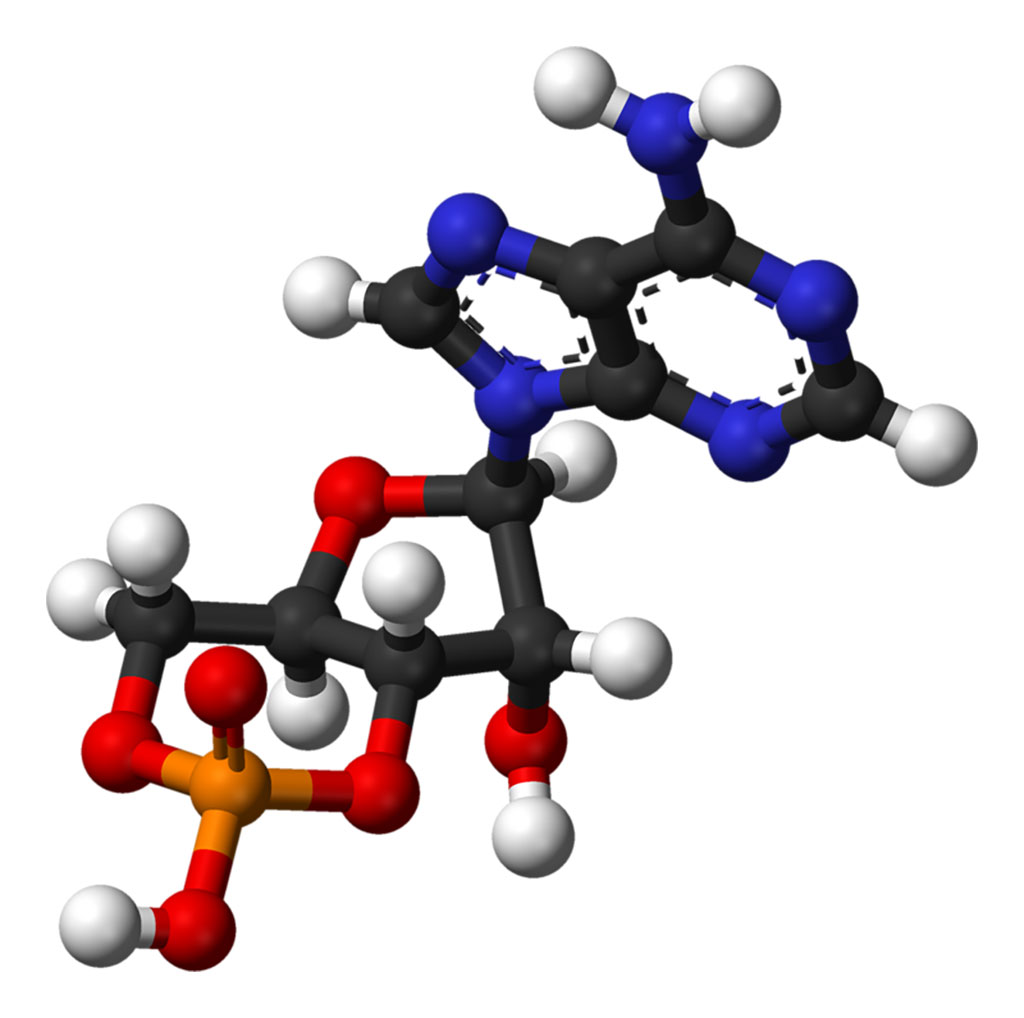Cyclic Adenosine Monophosphate (cAMP) May Be a Diagnostic Biomarker for Chronic Respiratory Diseases
By LabMedica International staff writers
Posted on 01 Nov 2021
Levels of cyclic adenosine monophosphate in the blood are higher in asthma and chronic obstructive pulmonary disease (COPD) patients and may be a diagnostic biomarker for these disorders.Posted on 01 Nov 2021
In most living cells, the second messenger roles for 3’,5’-cyclic adenosine monophosphate (cAMP) are short-lived, confined to the intracellular space, and tightly controlled by the binary switch-like actions of the stimulatory G protein activated adenylyl cyclase (cAMP production) and cAMP-specific phosphodiesterase (cAMP breakdown). However, in a recent paper, investigators at Rutgers University (New Brunswick, NJ, USA) reported that activation of the cell surface Beta2-adrenoceptor (Beta2AR), a Gs-coupled G protein-coupled receptor (GPCR), stimulated cAMP leakage into the extracellular space. This leakage was mediated by a protein among the ATP-binding cassette (ABC) membrane transporter group.

Image: Ball-and-stick model of the cyclic adenosine monophosphate (cAMP) molecule (Photo courtesy of Wikimedia Commons)
Extracellualr cAMP caused the airways to become constricted and, as cAMP could be detected in the bloodstream, it can be considered to be a biomarker for diagnosis of chronic airway diseases. The investigators then showed that serum cAMP levels were elevated in a small cohort of patients with asthma as compared with controls.
“We determined that cAMP blood levels are higher in asthma patients,” said senior author Dr. Renold Panettieri, professor of medicine at Rutgers University. “This knowledge allows for better diagnostics of the illness and forms the basis for new therapeutics that will plug the leak of cAMP in the protein. This protein has been recognized as important in some diseases, but it has never been defined before in airway diseases, such as asthma and COPD, until now. In addition to identifying this protein, we demonstrated that if you decrease the leakage, the smooth muscles in the airways relax, which could be potentially very important in improving asthma and COPD management. In addition, the presence of too much cAMP in a patient’s blood is a new biomarker that can help characterize specific types of asthma and COPD.”
The study was published in the October 14, 2021, online edition of the American Journal of Respiratory Cell and Molecular Biology.
Related Links:
Rutgers University














